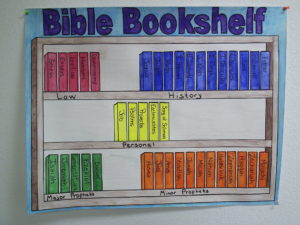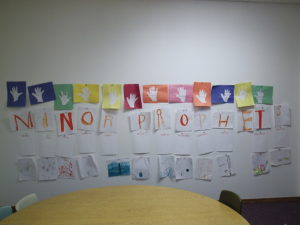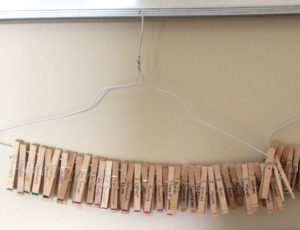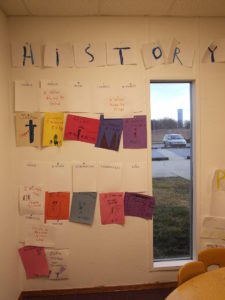Key Verse
“Therefore say thou unto them, Thus saith the LORD of hosts; Turn ye unto me, saith the LORD of hosts, and I will turn unto you, saith the LORD of hosts.” Zechariah 1:3
For younger children: Hand out the first worksheet. Help them complete the maze. Review the memory verse with them. Show them that just as they had to choose the right path on their maze, we must choose whether or not we will obey what God’s Word teaches.
For Youth: Ask the following: What happens when you make a wrong turn in traffic? Can you get lost if you are traveling a new road and take a wrong turn? In life we can’t always see what is ahead. If we make a wrong turn, we need to immediately correct our course. Today we see words of warning and encouragement from the prophets. (Refer to the key verse.) They echo a call from God for the people to return to Him and he will turn to them. Hand out the worksheet to reinforce the memory verse.
In this lesson we look at the last 3 books of prophecy (Haggai, Zechariah, and Malachi) are post-exile – after the people had been carried away captive and have now returned to their homeland. These books take place in history during the time of Ezra, Nehemiah and Esther. Once they returned, they had an important task ahead of them, but they quickly become tired. God sent prophets to tell the people that God should be first and foremost in their lives. These prophets also, once again, reminded the people the importance of fearing God and obeying His commands. They are reminded of the promise that the Messiah is coming, and that God isn’t finished with His people yet. The Old Testament ends with a warning of a curse for those who do not remember the words of the law and the prophets.
Today emphasize that we must choose to turn to God and not the things of the world.
Optional Worksheets to be downloaded:
Lesson 11 – Volume 1 Children’s Worksheet 1
Lesson 11 – Volume 1 Children’s Reinforcement Worksheet
Ideas for children:
In any lesson, you may want to work on your coloring timeline – especially when it relates to the lesson.
Review the 3×5 cards if you made them, practicing the divisions. Focus on putting the Minor Prophets, emphasizing the last three, books in order for today’s lesson.
Another idea for today would be to have blocks for the children to build with in class. Remind them that the people had to rebuild the Temple, their homes and the walls around the city during this time. The Minor Prophets spoke words of encouragement to them.
Display the poster of the books of the Old Testament (may be downloaded from the Lesson 4 Blog). Review the Minor Prophets (showing them on the poster). You may have them write or draw a picture of their favorite event from the last three of the Minor Prophets, or you may find a coloring picture that fits today’s lesson. There are many free coloring sheets online. Just type in a favorite and search away! Another idea would be to have some building blocks for them to build with in class. Remind them that the people had to rebuild the Temple, their homes and the walls around the city during this time. The Minor Prophets wrote words of encouragement to them.
Mural idea:
Have the students think about how faithful they have been in their walk with God. Do they have Jesus in their heart? (Be ready as teachers to briefly share the “Plan of Salvation.”) If they are a Christian, do they read their Bible? Do they obey what it says in God’s Word? Do they realize when they are doing wrong? How is their relationship with their family? Ask some of these questions to help them take a look at their own hearts and lives. God does – daily (remember Job 7:17-18?)
On the wall you have chosen in your classroom to become a huge mural: For this week, have them each choose a Post-exile Minor Prophet. Have them write a few things (on a large puzzle piece or construction paper) that they learned that helps identify them from the other prophets. And/Or, have them write down one area in their life they will work on this week to try and live better pleasing to God.
Continue to have them bring a picture, a news article, a poem they have written, a picture they may have drawn, etc. of something that is relevant to each week’s lessons. Encourage everyone to participate. Watch as it grows weekly, as they express what God is revealing to them through our study of how the Bible fits into His plan to help us become more like Him.











